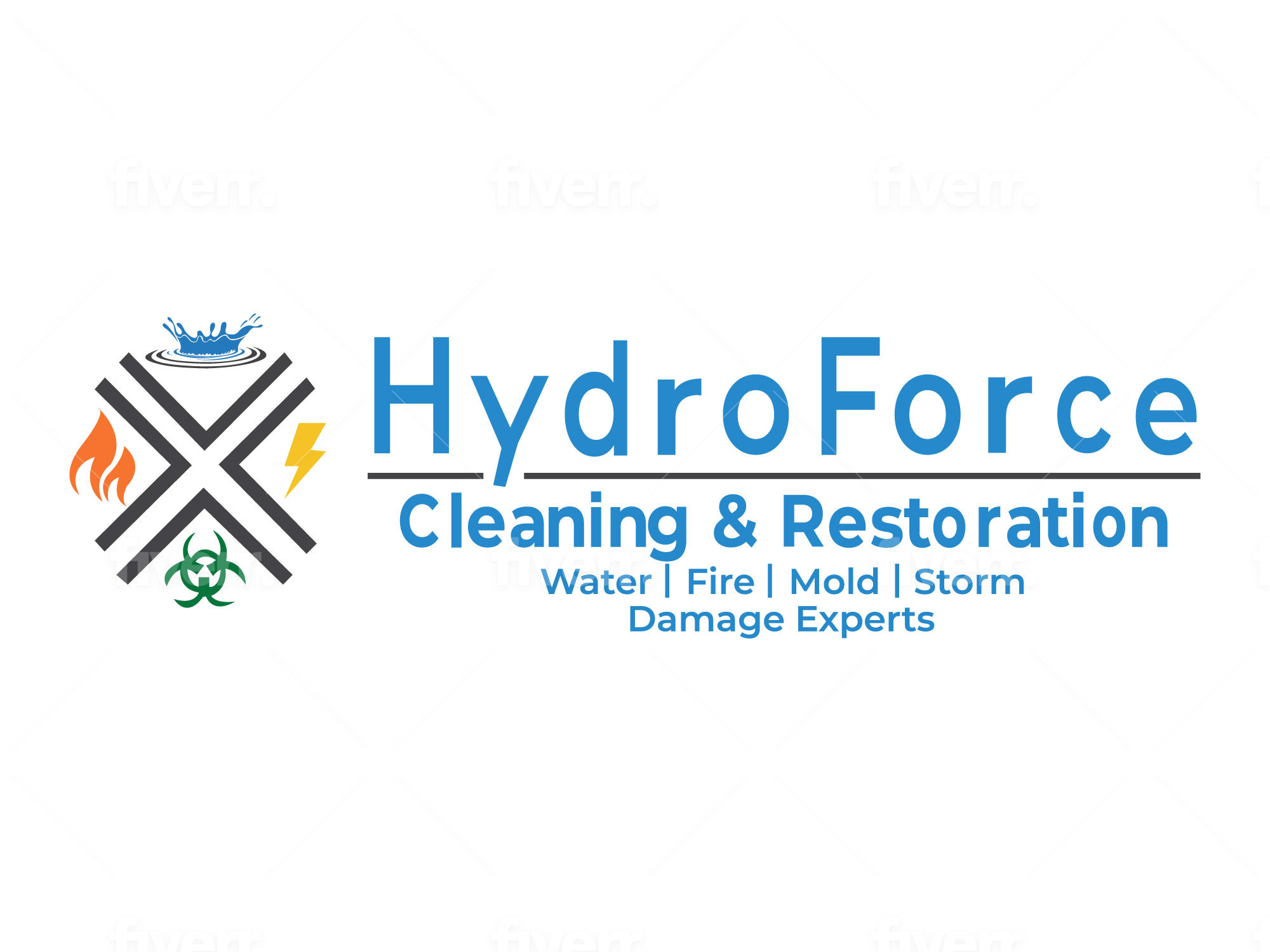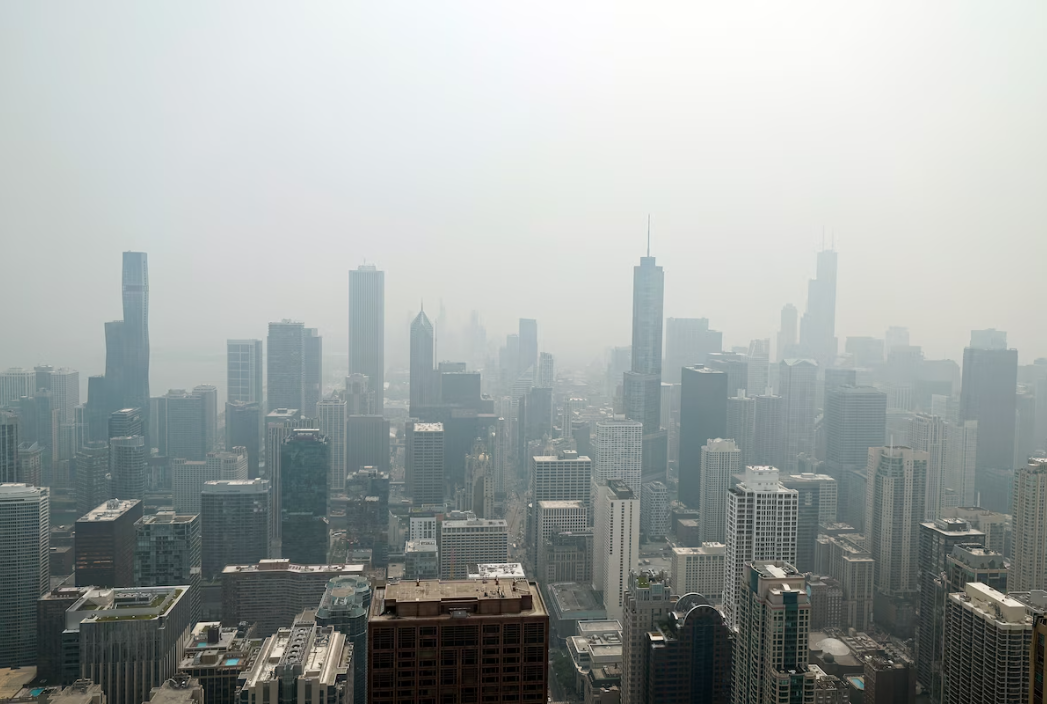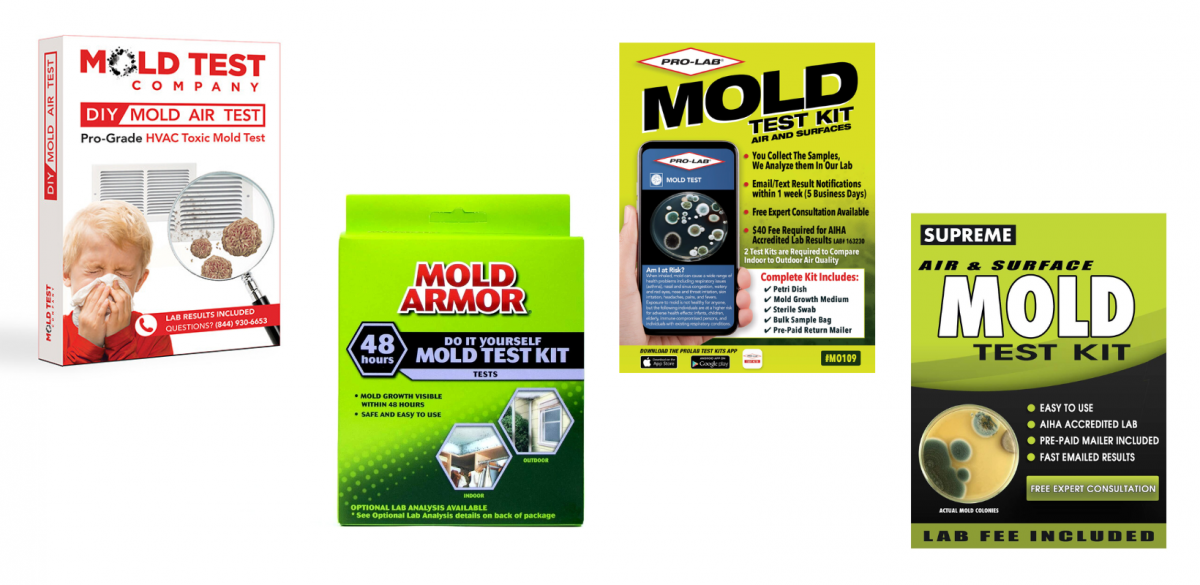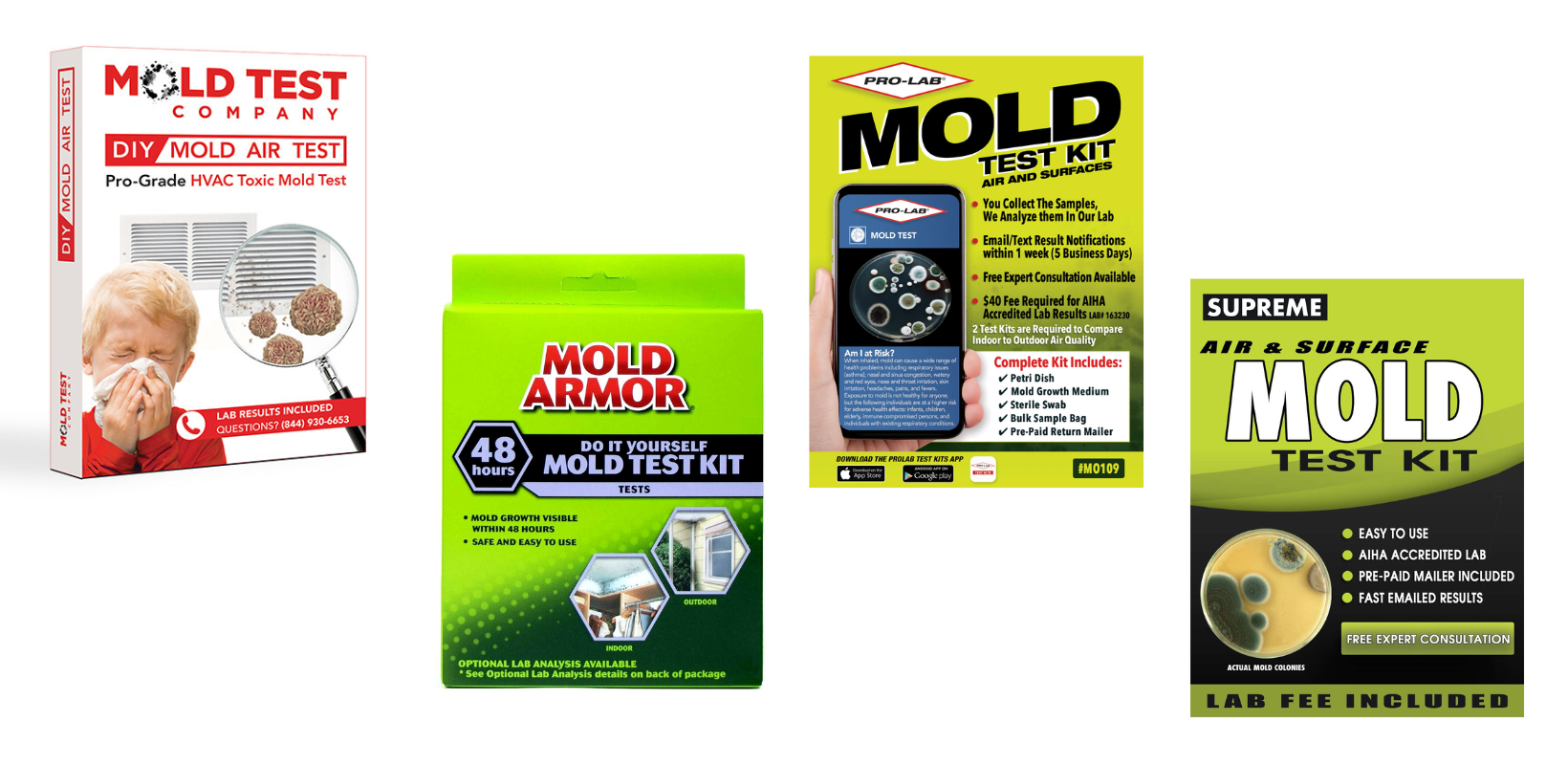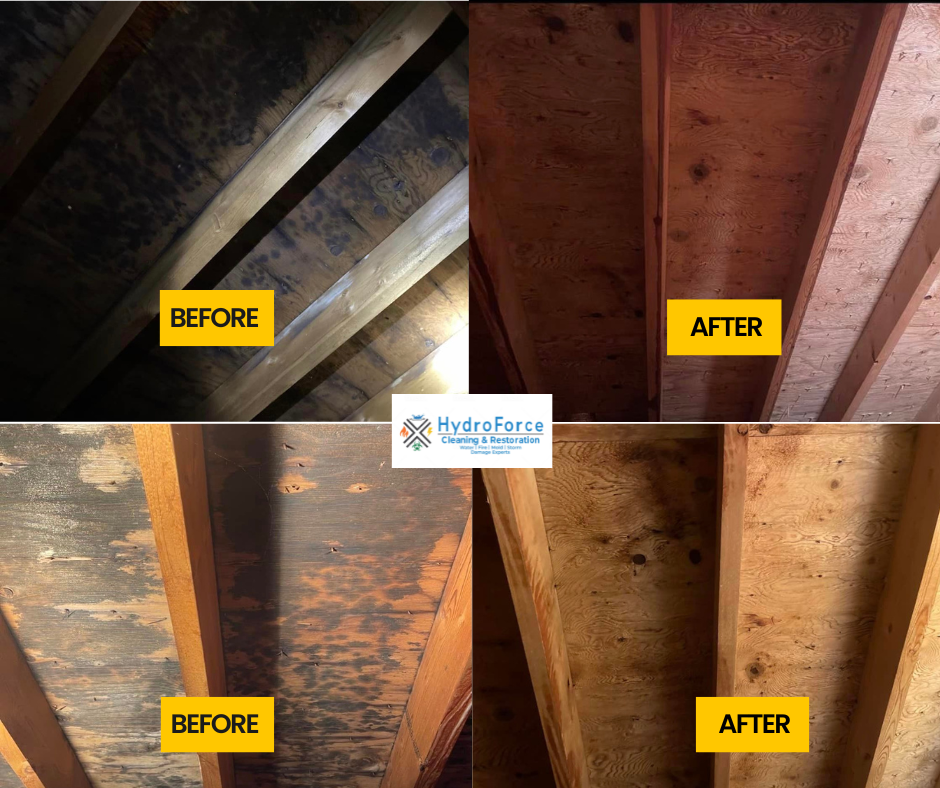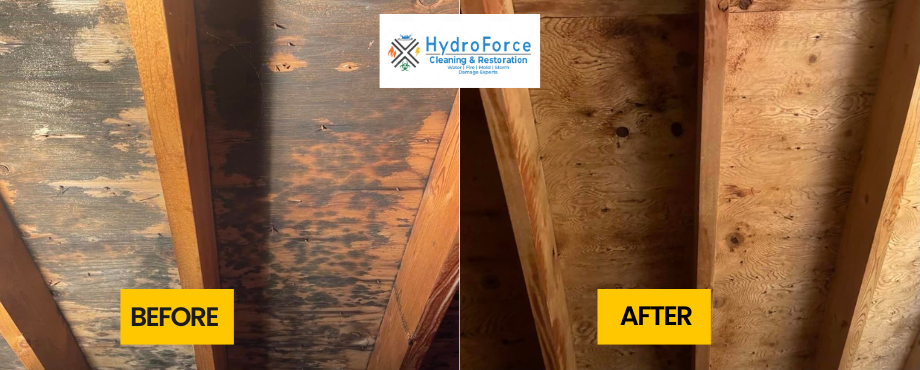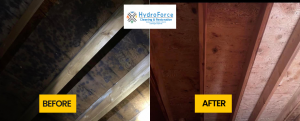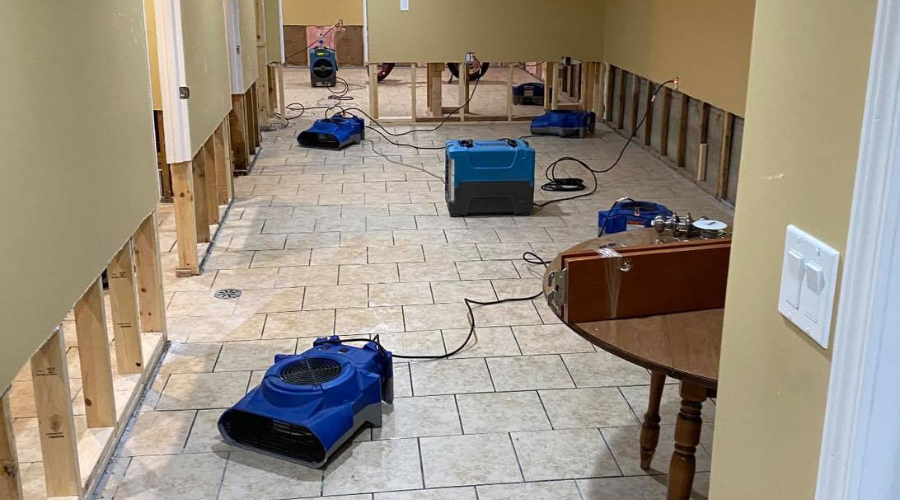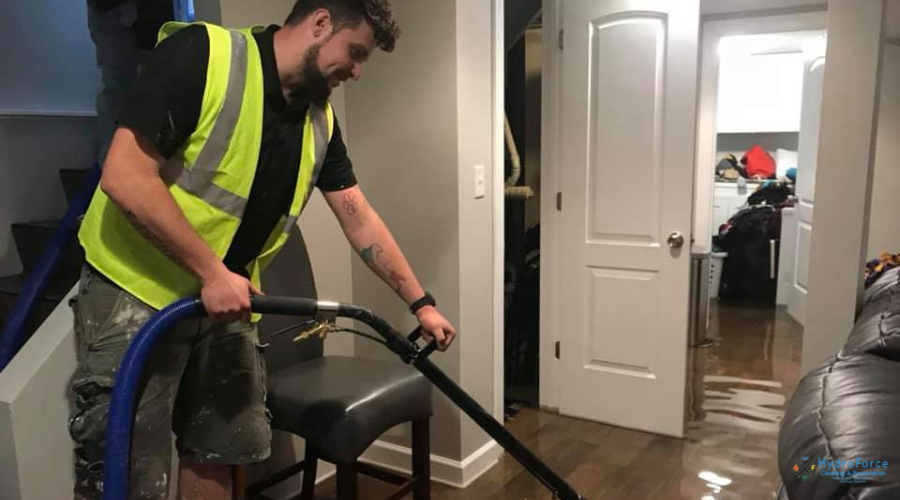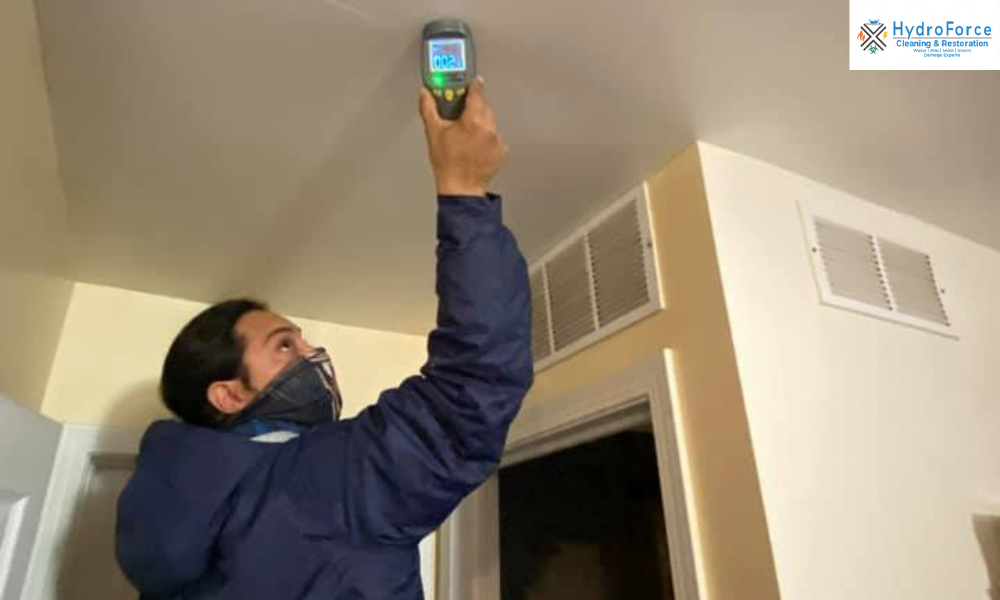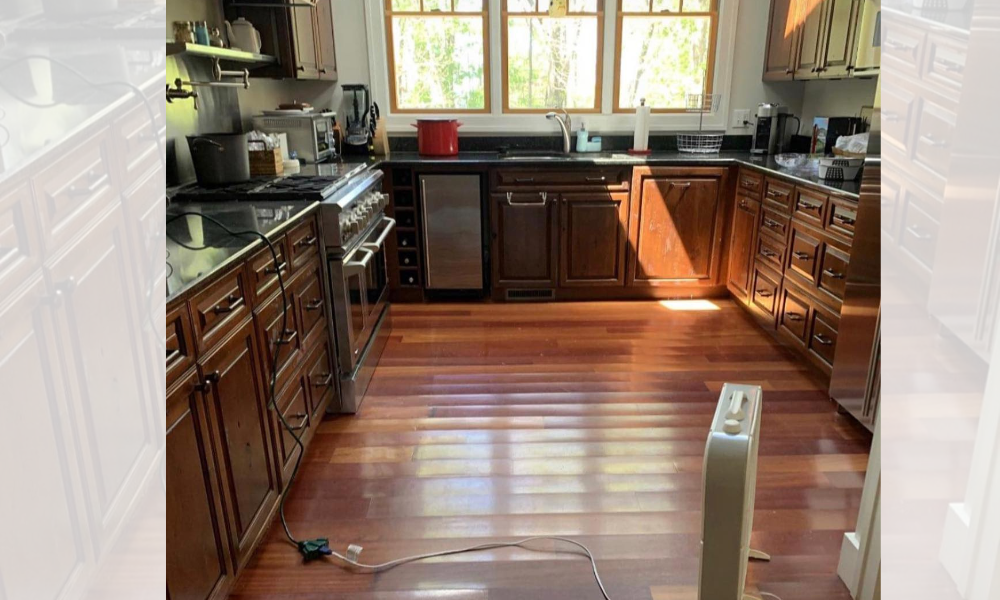How to Clear Wildfire Smoke from the Home
Optimum air quality is essential for health. Blazing wildfires send wafts of smoke into communities, polluting the air people breathe. The air inside homes, too, reaches unhealthy levels because of smoke damage, leaving occupants irritated and nauseous. It’s important to clear wildfire smoke from the home.
Forests in Quebec, Canada, are blazing and sending billowing clouds of dark smoke to the surrounding areas. Currently, 492 active fires burn across Canada, with nearly half of them burning out of control. The fires from May and June do not show any signs of abating.
The Canadian wildfires affect the air quality in the US. Chicago, Illinois, primarily, has reached the top of the list of major cities with the worst air quality. Minneapolis, Minnesota, and Detroit, Michigan, have also won spots in the top 10 cities with unhealthy air quality.
These cities are only a handful of the many metropolitan areas in the US that have seen drastic reductions in air quality as a result of the Canadian wildfires in the past two months. Air quality alerts have forced residents to limit their time outdoors.
Outdoor air quality may be at unhealthy levels, causing people to scramble indoors. But smoke damage from wildfires can also impact the quality of air inside the home. Smoke odors can cause nausea, headaches, and constant irritation, prompting homeowners to rid their homes of smoke.
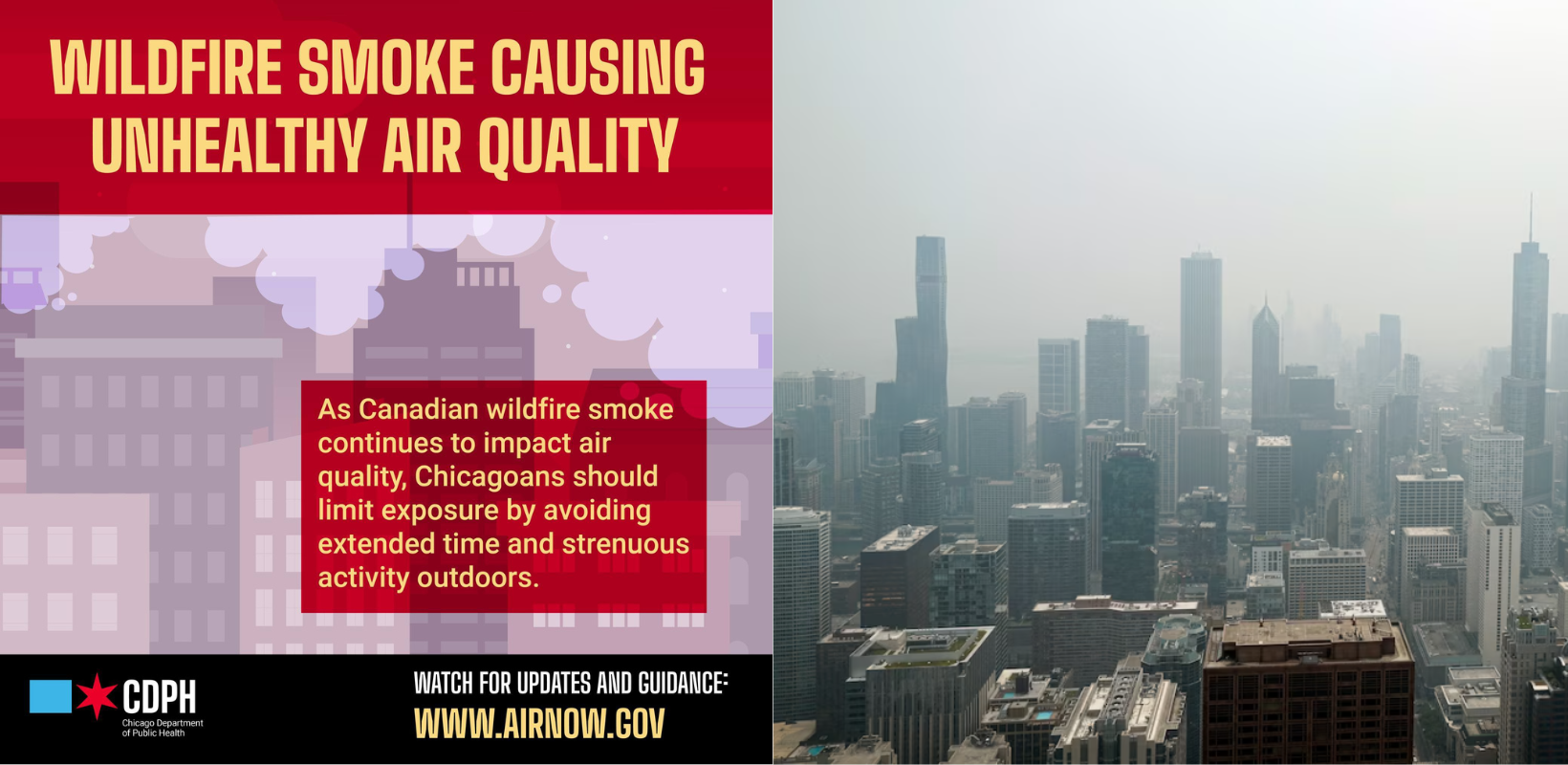
How long does wildfire smoke odor last in the home?
Smoke odors can last inside the home for as long as the smoke particles are left uncleaned. Smoke particles are microscopic and travel far, blanketing surfaces in the home and damaging goods. Although smoke particles cannot be seen, they are still a cause of smoke damage.
Even after scrubbing the home clean, smoke odors can linger. The only way to eliminate the awful odors is to eradicate the source of the smell—meaning every trace of smoke must be removed. An ozone generator is useful in destroying the smoke molecules causing the odors.
How long does it take to remove smoke odor?
Rugs, furniture, and carpets absorb smoke particles, making it difficult to remove the smoke odors. Worsening matters is waiting to clean up the smoke damage, which intensifies the longer a homeowner procrastinates. Begin cleanup a few days after the blaze has been extinguished.
Depending on how diligently homeowners clean, the smoke damage can be cleared in an estimated two to four weeks. However, a more precise timeline can be determined by the cleaning methods the homeowner uses or whether a smoke damage restoration service is hired.
Will an air conditioner filter out smoke?
Air conditioners are intended to cool air, not purify it. However, they can help improve air quality. The filter is the most critical component to the success of maximizing air purification. An air filter designed specifically for wildfire smoke works to filter odors, chemicals, and particulate matter.
What are the steps to clear wildfire smoke?
Step 1: Place baking soda throughout the home
A few simple steps can clear the home of wildfire smoke damage. A household staple, baking soda, is powerful enough to handle the task. Place bowls of baking soda throughout the home. The baking soda will absorb the smoke odors.
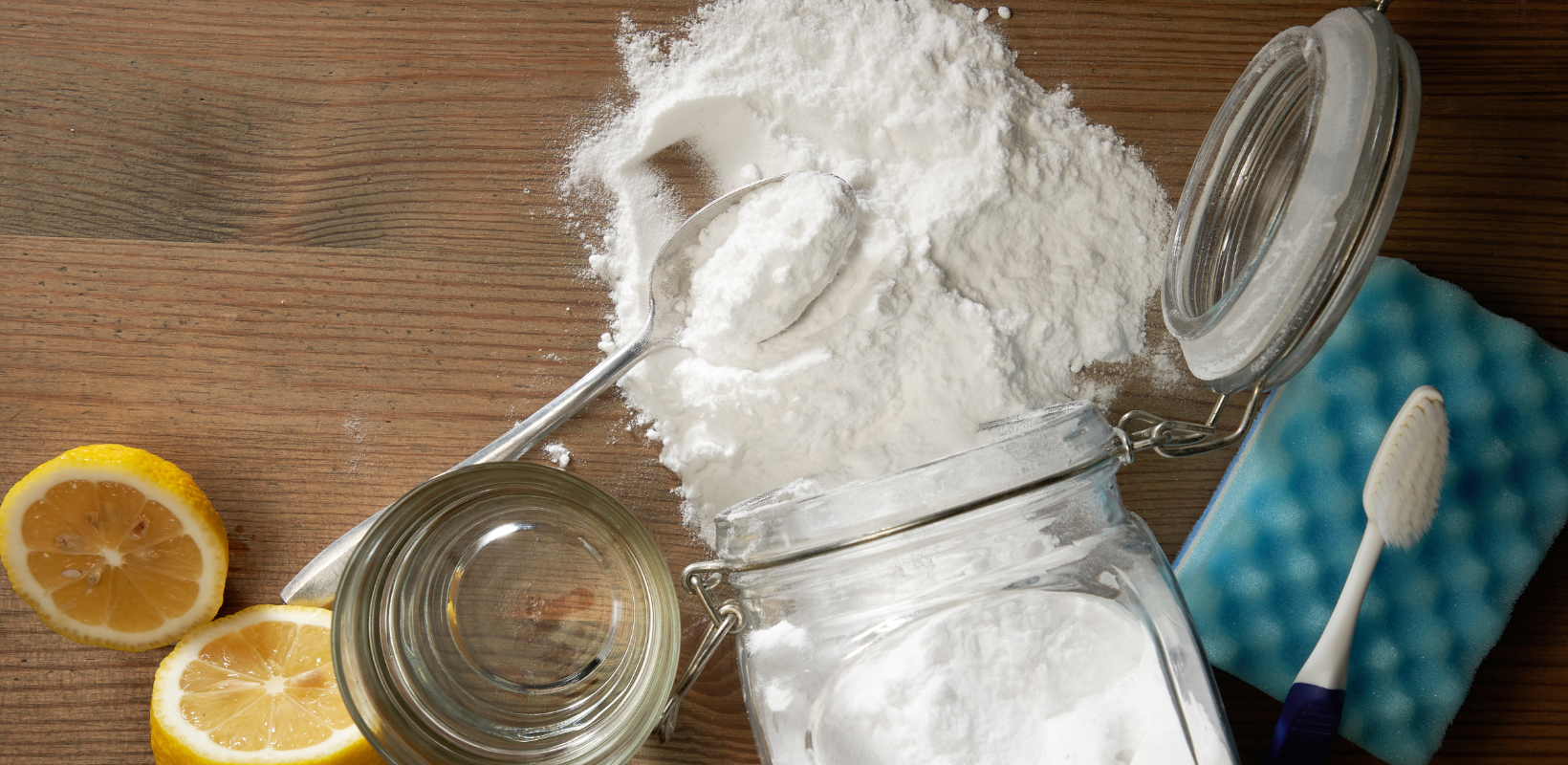
Step 2: Increase ventilation
Open the windows to increase ventilation. Smoke particles will be pushed out when fresh air rushes in. Run multiple fans in the affected spaces, which further increases the flow of fresh air. Set up an exhaust fan at the front door, ensuring it faces the interior.
Step 3: Wipe down walls and surfaces
Wipe down walls that have been affected by smoke damage. Mild soap and a clean rag are enough to remove the smell from these surfaces. Use cleaning products on countertops and similar hard surfaces to remove lingering soot and odors.
Step 4: Shampoo carpets
Fabrics, such as curtains, bed linens, and carpets, must be cleaned. Shampoo the carpets or hire a professional service to remove the offensive smells. Upholstered furniture may have to be replaced if the smoke odors have permeated deep into the materials.
Step 5: Clean the exterior
Clean the outside of the home, too, in order to lessen the smoke damage indoors. A power washer can be used to rinse the exterior, including the siding, windows, and deck. Removing smoke particles on the exterior can prevent them from seeping back inside later.
When wildfires blaze, the destruction is not contained. Nearby localities can be severely impacted and require professionals to remove the smoke. If your city has been engulfed in wildfire smoke, your home will need the expertise of the smoke damage restoration crews at Hydroforce Cleaning and Restoration.
We provide efficient smoke and soot damage restoration services that return your home or business to its pre-loss condition fast. Our team of highly qualified technicians arrive at your home, perform an assessment of the damage, and tarp the building, if necessary, to stabilize it.
Specialists begin pre-cleaning immediately to stop the spread of soot damage on surfaces and materials. We also clean and restore upholstery and fabrics. When clothing and linens are affected, our convenient content cleaning and pack-out services will be an invaluable resource.
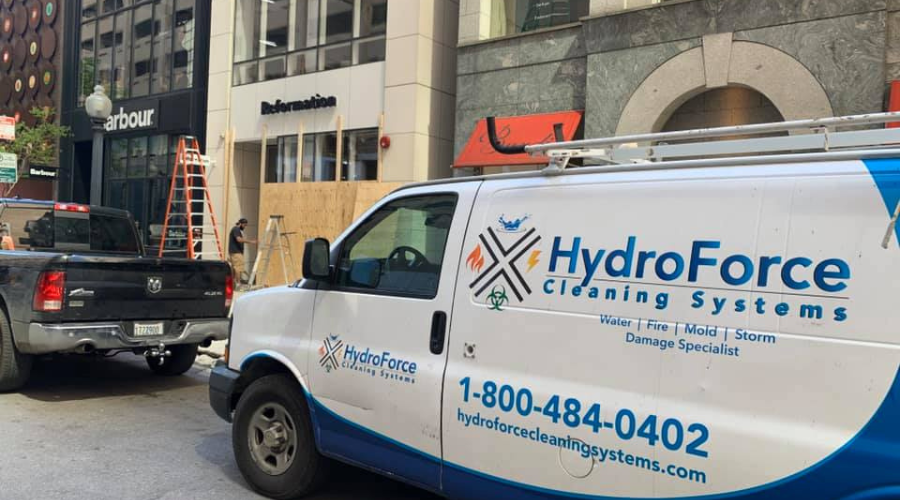
Hydroforce Cleaning and Restoration crews also provide odor removal services, ensuring the air quality inside your home or business returns to an optimal level. Smoke damage cleanup delivers the best results when the property owner initiates cleanup promptly after the fire is extinguished.
Even after the flames have been extinguished, damage continues in the form of soot, smoke, and other corrosive byproducts of the fire. Certain household materials can become permanently damaged within a few hours to a few days if cleanup is not immediately begun.
Hydroforce Cleaning and Restoration technicians stand by 24 hours a day to respond quickly to property smoke damage. Homes and businesses in Chicago, Illinois, and the surrounding neighborhoods, can count on us for thorough smoke cleaning and smoke odor removal by calling 630-835-0862.
2024 © Copyright HydroForce Cleaning and Restorations – All Rights Reserved.
Privacy Policy | Terms & Conditions | 630-835-0862
